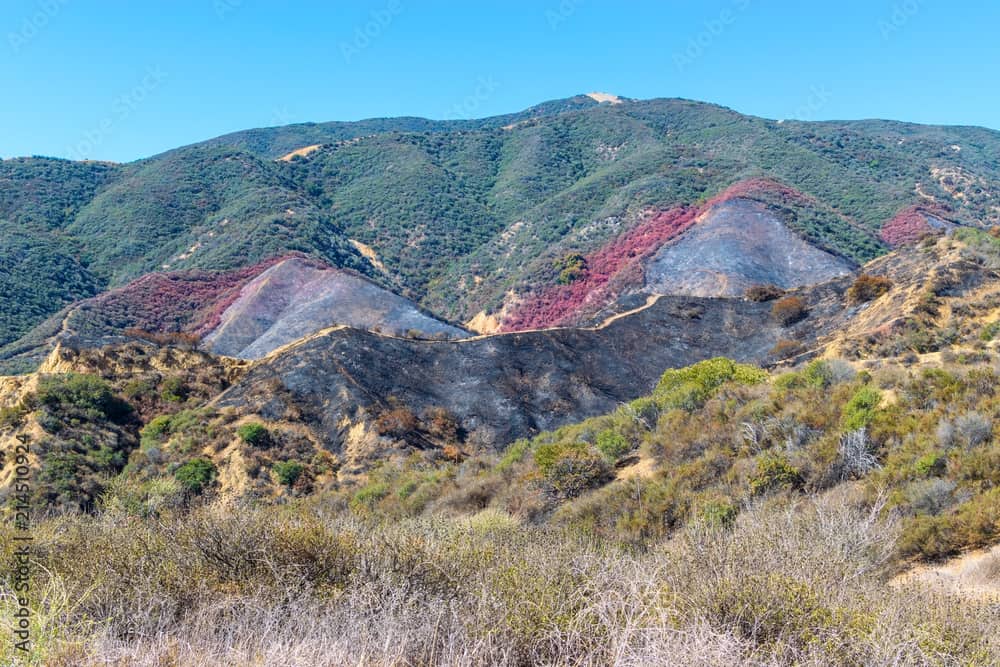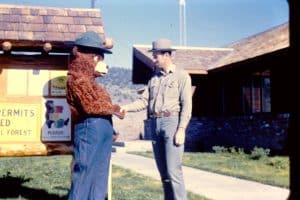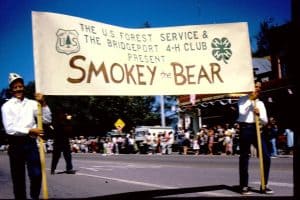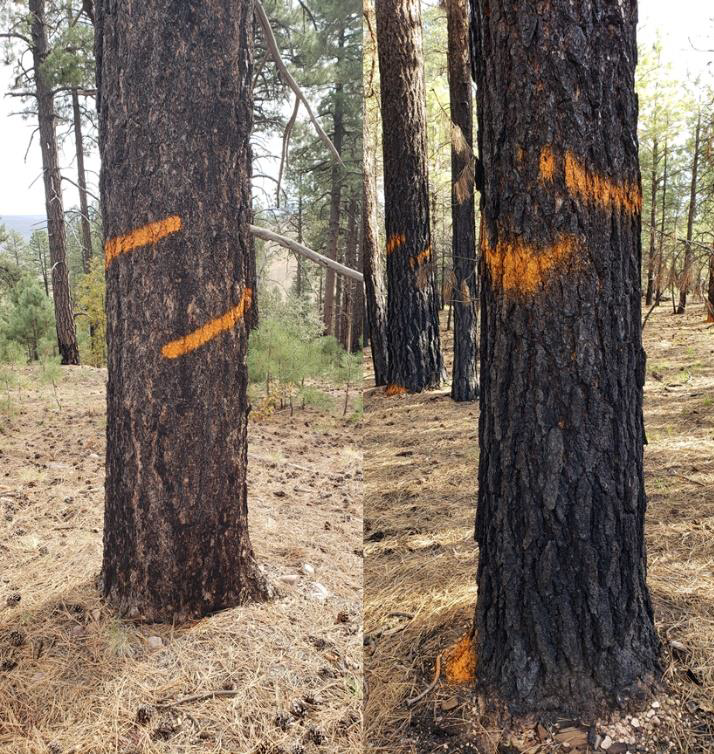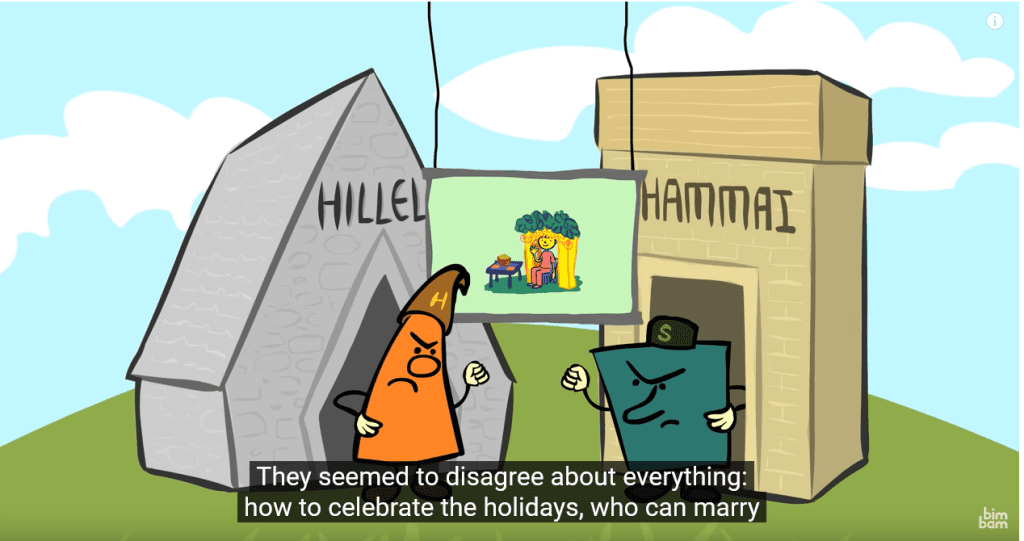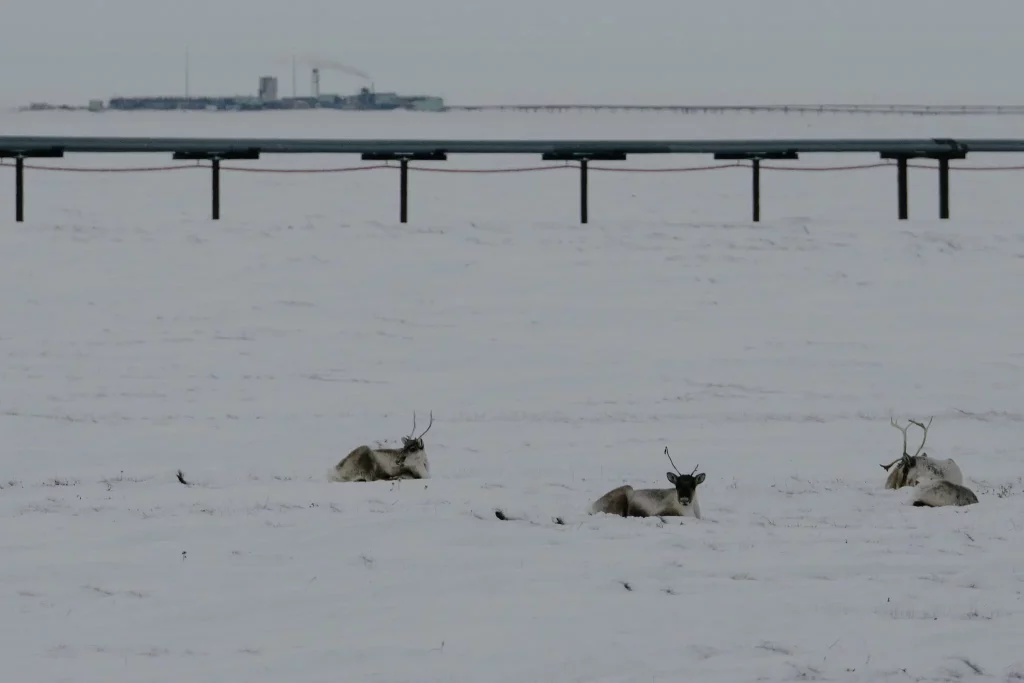
New lawsuit: Western Watershed Project v. U.S.D.I (D. Nev.)
On March 23, Western Watershed Project and the Center for Biological Diversity sued the BLM to stop a vegetation removal plan for over 380,000 acres near Great Basin National Park in the eastern part of Nevada near the Utah border. The South Spring Valley and Hamlin Valley Watershed Restoration Plan would remove “invasive” pinyon pine and juniper trees. The lawsuit says the EA failed to adequately analyze harm from the project, partly because it did specify where the activities will occur nor provide site- or species-specific information about the affected environment, and the project failed to comply with land use plans. (The article has a link to the complaint.)
Court decision in North Cascades Conservation Council v. U. S. Forest Service (9th Cir.)
On March 27, the circuit court issued a memorandum opinion affirming a district court decision upholding the South Fork Stillaguamish Vegetation Project on the Mt. Baker-Snoqualmie National Forest. It will harvest trees younger than 80 years, but in areas designated as late successional and riparian reserves. The court held that the Project will not violate the 1994 Northwest Forest Plan’s prohibition against a “net increase in the amount of roads” in the Project area. It also held that the forest plan required habitat to be evaluated for the forest as a whole rather than within a project area, and it upheld the Biological Evaluation for the Project. The project also did not violate a plan amendment requiring pre-disturbance surveys because the Puget Oregonian snail is not documented to occur in the Project Area. The Project complied with NEPA requirements for effects on wildlife and for a range of alternatives. (However, the court also strangely faulted the plaintiffs for offering “no explanation of how their alternatives would be funded.”) This article provides more details.
Court decision in North Dakota v. U. S. D. I. (D. N.D.)
On March 27, the district court ordered the BLM to resume quarterly sales of oil and gas leases on public lands in North Dakota after holding that the agency “very likely violated their mandatory statutory duties to plan and timely complete mandatory analyses of individual parcels in North Dakota.” It had made no ‘determinations of availability’ in North Dakota during Q4 2022, following President Biden’s executive order in 2021 “pausing” the quarterly lease sales required by the Mineral Leasing Act.” (The article has a link to the opinion.)
Court decision in Cascadia Wildlands v. Bureau of Land Management (D. Or.)
On March 27, the district court granted summary judgement in favor of the BLM and upheld a 2020 rule eliminating the agency’s protest process. Intervenor American Forest Resources Council stated, “Even without the BLM’s process, the agency’s level of public engagement during project planning is consistent with the procedures of other agencies, like the U.S. Forest Service, and continues to provide for an administrative appeals process to the Interior Board of Land Appeals.” (The article includes a link to the opinion.)
On March 27, the Center for Biological Diversity notified the U. S. Fish and Wildlife Service of its intent to sue the agency for failure to respond within a reasonable time to the “Petition for Rulemaking to Protect Endangered Species from Pesticides by Restricting Pesticide Use in Critical Habitat” (Petition), dated January 7, 2019. It mentioned the California spotted owl as one of the species affected by pesticides, and cited 40 “highly imperiled, narrowly endemic species that would receive the greatest benefit from a prohibition on the use of pesticides within critical habitat.”
Supreme Court decision Wilkins v. United States
On March 28, the U.S. Supreme Court issued a 6-3 decision allowing a Quiet Title Act lawsuit to proceed by two landowners attempting to close off public access to Bitterroot National Forest lands. The court found that the statute of limitations on a 1962 easement with the Forest Service did not deny the landowners standing to pursue their claim that the Forest Service allegedly altered the terms of the easement to allow public use of the Robbins Gulch road.
Preliminary injunction in Monroe County Board of Commissioners v. U. S. Forest Service (S.D. Ind.)
On March 29, the district court issued a preliminary injunction against the Houston South Vegetation Management and Restoration Project on the Hoosier National Forest, in particular against an imminent prescribed burn. The project is expected to last between 12 and 20 years, during which time approximately 13,500 acres of forest will be burned, 4,000 acres will be logged and herbicide will be applied to 2,000 acres. Plaintiffs are concerned about effects on Lake Monroe, a drinking water source, and claim that the Supplemental Information Report does not comply with the court’s earlier reversal of this project. The court agreed that plaintiffs are likely to succeed on the merits, but also ordered the plaintiffs to pay an $11,596 bond, 10% of the amount Forest Service said it was losing due to the delay. (The article includes a link to the opinion.)
Court decision in Ohio Environmental Council v. U. S. Forest Service (S.D. Ohio)
On March 30, the district court ruled that the Forest Service violated NEPA with its decision to log 2,700 acres, including 1,600 acres of clearcutting, in the Wayne National Forest’s Sunny Oaks Project. The judge wrote, “The Forest Service has not provided any quantifiable criteria for assessing oak regeneration, either before or after a harvest. Instead, the Project relies on vague quantitative triggers, like “enough” oak regeneration or a “need” for more.” The court ordered additional briefing on remedies. (The article includes a link to the complaint.)
The court dismissed a claim related to the mycorrhizal network associated with oak trees because plaintiffs did not properly raise it in their administrative objection. The court also found no violation of a forest plan standard “to retain a minimum of 12 live trees per acre (averaged over the cutting unit) of any species that are six inches or more dbh with large areas of loose bark…” The Forest Service had found that there were currently only six live trees per acre meeting these requirements, that oak trees did not provide the desired bark condition, and the current majority of live trees with more than six inches dbh and large areas of live bark are shagbark and shellbark hickory trees, which are already required to be retained under another forest guideline. The court accepted the survey data over arguments offered by plaintiffs that oak trees should be protected because they provide the desired bark conditions, and accepted that protecting these other trees would meet the intent of the standard where the specified conditions could not be met.
(I’ve mentioned a concern about this issue in the case before. I would have to interpret this opinion to mean that in this case the forest plan standard prohibits them from logging any oak trees that have the requisite bark conditions (but there aren’t any). This would be similar to site-specificity issues involving large trees – the project analysis for NEPA and forest plan consistency needs to look at individual trees that would be logged to determine plan compliance and effects.)
Court decision in Sierra Club v. West Virginia Department of Environmental Protection (4th Cir.)
On April 3, the circuit court found several defects in the review the West Virginia Department of Environmental Protection conducted before issuing a Clean Water Act permit for the Mountain Valley Pipeline that would cross the Jefferson National Forest. The court found that 139 prior state stormwater permit violations and dozens of state water quality standards violations warranted closer scrutiny, and, “In the face of such a history, it is arbitrary and capricious for an agency to predict compliance without a rational explanation.” (The article has a link to the opinion.) (The history of this litigation is long, including here, and here. But wait, there’s more …)
New lawsuit Appalachian Voices v. U. S. DI. (4th Cir.)
On April 10, lots of environmental organizations filed another petition in the circuit court (pursuant to the Natural Gas Act) challenging a recently issued new biological opinion and incidental take statement under the Endangered Species Act for the Mountain Valley Pipeline. The BO addressed six threatened or endangered species and critical habitat for one of them. (Previous consultation was reversed twice.) (The article has a link to the petition.)
On April 3, the Idaho federal district court sentenced an Idaho man to one month in federal prison, payment of $8,000 in restitution and banned him from entering all National Forest System lands for a period of three years. He had been removing more trees than his permit allowed to sell as firewood, and creating unauthorized roads and campsites in the Payette, Nez Perce and Boise National Forests.
New lawsuit: Orutsararmiut Native Council v. U. S. Corp of Engineers (D. Alaska)
On April 5, three Yukon-Kuskokwim Delta tribes challenged the EIS used to support the U.S. Army Corps of Engineers’ 2018 wetlands (404) permit for the proposed Donlin open-pit gold mine on BLM lands. Specifically, tribes are asking that the federal agencies be required to study impacts to downstream waters and villages from a potentially catastrophic tailings dam failure. If developed, Donlin, located in the headwaters of the Kuskokwim River system, would be the largest open pit gold mine in North America. (The article includes a link to the complaint.)
The Pueblo of San Felipe is suing the BLM for allegedly violating a federal land patent from 1864 by changing the boundary with the Pueblo to remove 695 acres of their patented land in New Mexico.
Court decision in Alliance for Hippocratic Medicine v. U. S. Food and Drug Administration (N.D. Texas)
On April 7, the district court for Northern District of Texas reversed the Food and Drug Administration’s approval of the abortion pill mifepristone, concluding the agency ignored safety concerns due to political pressure. This is a high profile case involving the Administrative Procedure Act, which will likely get Supreme Court review of the amount of deference courts should give to administrative agencies. The relevant holding from this court:
But the agency “must cogently explain why it has exercised its discretion in a given manner,” and that explanation must be “sufficient to enable [the Court] to conclude that the [agency’s action] was the product of reasoned decisionmaking.” A.L. Pharma, 62 F.3d at 1491 (quoting State Farm, 463 U.S. at 52). Defendants have not done so here. FDA’s 2016 Actions were not the product of reasoned decision-making.
The American College of Obstetricians and Gynecologists lambasted the decision as “inflammatory” and “brazenly” substituting “the court’s judgment for that of trained professionals.” Other agencies may find that the outcome of this case affects their discretion as well.

